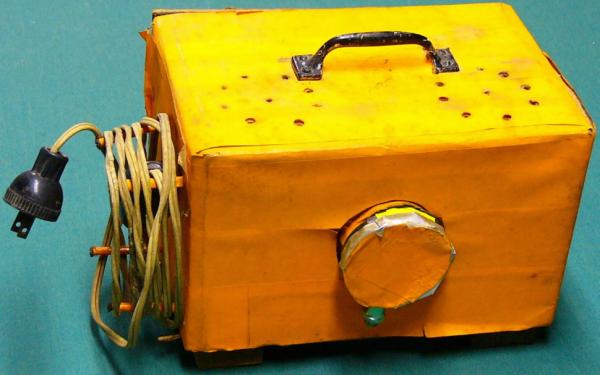It takes balls to learn how to juggle, but once you do you’re quickly moving on to rings, chainsaws, and those very strange juggling clubs. For their Hackaday Prize entry, [Laurent B] and [michael.creusy] are bringing the Internet of Things to juggling clubs. Their Rastello Club is a glowing, LED illuminated juggling prop with a 9-DOF IMU that makes juggling look even cooler than it already is.
Because there is a market for everything, glowing, programmable juggling clubs already exist. These clubs have a few limitations, though. They don’t have nine-axis orientation sensors, there is no communication to a computer or between individual clubs, and of course they’re not Open Source. The Rastello Club fixes these problems, makes programmable juggling clubs easy to use, and adds a bunch of visualizations.
Inside these juggling clubs are a bunch of LEDs, of course, along with a rather powerful STM32F4 ARM processor, the 9-axis IMU, and the circuitry to charge a battery. The radio connection between individual clubs and a computer will be handled with an RFM75 transceiver. No, it’s not WiFi, Bluetooth, or ZigBee; this radio module is faster than Bluetooth, cheaper than Zigbee, and lower power than an ESP8266.
























